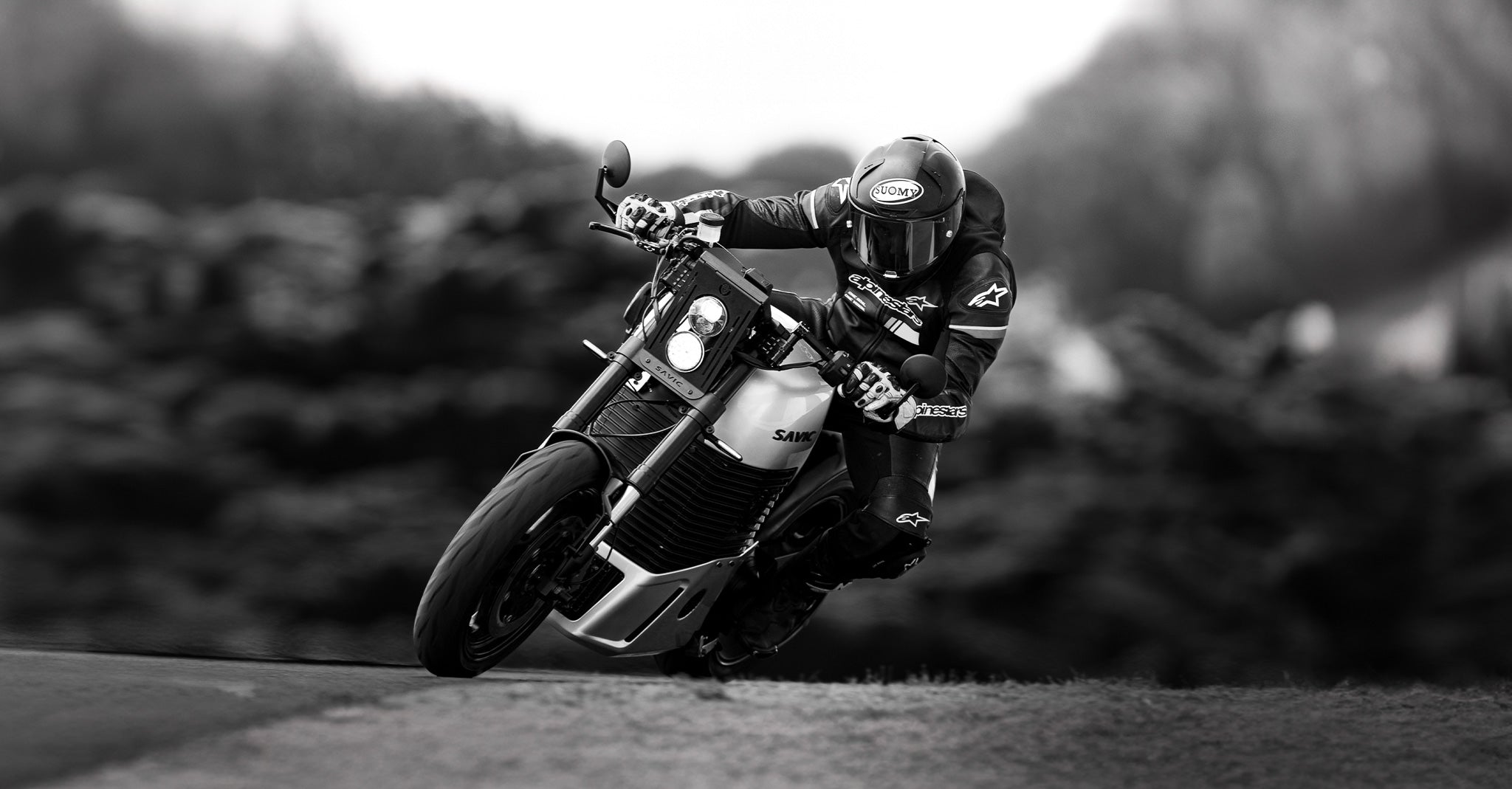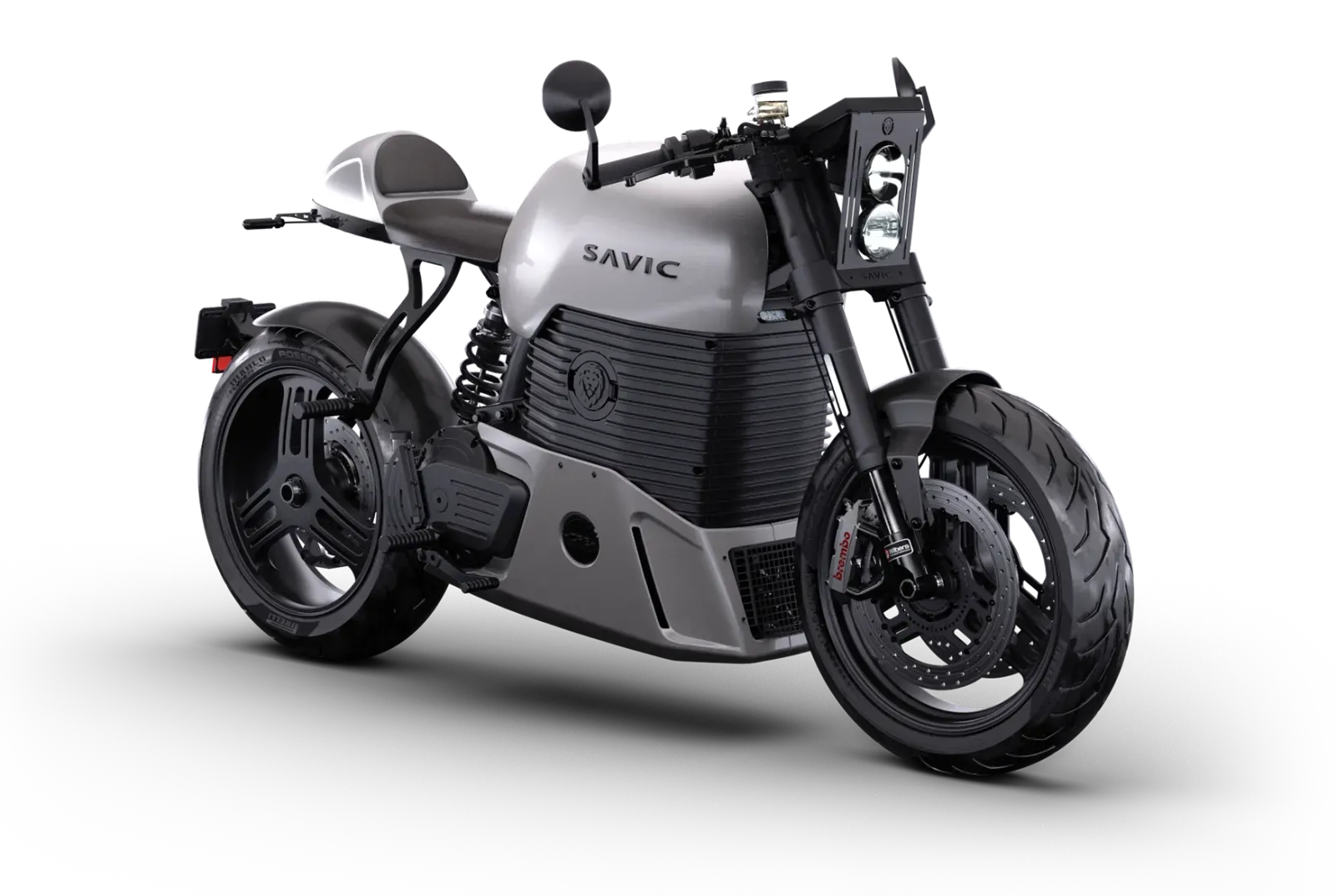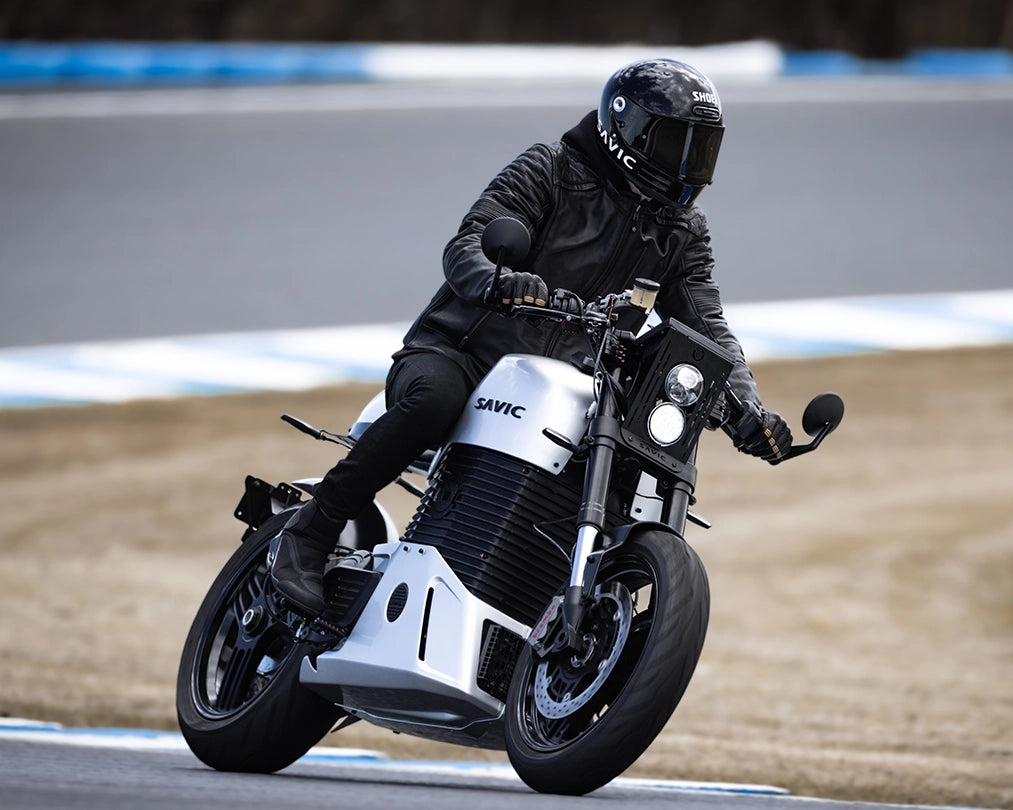Reports of the demise of the Australian automotive industry have been at least slightly exaggerated. Yes, Holden has disappeared as a brand, and Ford and Toyota no longer manufacture vehicles here, but in their place are now thriving businesses preparing us for an electric future.
Converting combustion-engined cars into electric vehicles, otherwise known as electro-modding, is becoming an increasingly popular choice. There’s also a growing industry of boutique brands building all-electric cars and motorcycles, now that the barriers to entering the market have changed.

It’s a case of history repeating itself in many respects, as the dawn of the automotive age saw a wide variety of companies with no prior experience trying to cash in on technological breakthroughs. These modern Australian companies may not have any history, but they do have plenty of experience.
Savic Motorcycles is a prime example. The small Melbourne-based operation is building a range of battery-powered bikes under the leadership of founder Denis Savic, a former engineer for Ford Australia. He began Savic Motorcycles in 2016 and is scheduled to begin delivering its first production bikes by the end of this year.
“I’d dreamed of building my own electric vehicles since I was a child,” Savic says in an interview in The Green List magazine.
“I enrolled in university to do a mechanical engineering degree, and every decision I have made since that age has been aimed at reaching that goal.”
Savic is offering two options of its C-Series model initially, the 60kW Alpha and the 40kW Delta. The Alpha will be capable of hitting 0-100km/h in just 3.5 seconds and has a riding range of more than 200 kilometres, while the Delta will have a range of approximately 150 kilometres.
This puts Savic in competition with some of the biggest names in the business, including Harley-Davidson, as electric motorcycles increase in popularity around the world.
And it’s not just two-wheeled electric vehicles that Australia is producing. ACE EV has announced plans to build a range of commercial vehicles here and is currently negotiating with state governments for support for a factory. ACE EV has developed a compact utility model, appropriately called the Yewt, a flexible mid-size model called the Transformer, and a compact van called the Cargo.

But in a sign of how the industry is changing with electric vehicles, ACE EV managing director Greg McGarvie doesn’t see the company as a car maker but rather an “energy service provider”.
“We’re actually building a mobile energy system,” McGarvie says.
In fact, McGarvie refers to the ACE EV vehicles as “Tupperware on wheels” given they are made from plastic panels, with the focus of the company instead on the batteries and energy-management systems.
According to McGarvie, ACE EV has plans to export its vehicles around the world, with an order bank for $14 million worth of products, but is waiting for government support to establish a manufacturing hub locally. Without funding, Australia is at risk of losing another local automotive producer.
“We’ve got about 18 months before other countries catch up and will do what we’re doing,” McGarvie cautions. In the interim, the company has signed a major commercial deal by agreeing to supply Woolworths supermarkets with 20 purpose-built trolley collectors and has set up a temporary production facility in Sydney to produce those vehicles.
While building new models offers large-scale opportunities, there is also a cottage industry of electro-modding that is growing even more rapidly. As EV technology improves, there’s a lot of interest in taking classic cars, ditching the oily and unreliable engines, and replacing them with electric motors and batteries.
One of the biggest companies in this sector is Fellten, a joint venture between Britain’s Zero EV and Australia’s own Jaunt Motors. Fellten, which is Welsh for lightning, specialises in creating “bolt-in” systems that can help convert almost any classic car to battery power.
The company already offers a range of prepared packages for popular models, including the Porsche 911, Land Rover Defender and the classic Mini. In fact, Mini Australia recently announced a partnership with Fellten to convert a 1995 Mini Rover into an EV, powered by a 72kW motor and a 19kWh battery for 175 kilometres of driving range.
It neatly brings the two sides of the car industry together, allowing Mini to showcase both its past and its future (it already sells the Mini Electric, a modern EV). While for Fellten, it demonstrates the potential of the business as we move into an increasingly electrified car market in Australia.
“Never has the topic of electromobility been so relevant, particularly in Australia where EV adoption rates are still in their infancy and there is an opportunity to shape the mindset toward considering sustainable transport,” says Dave Budge, Fellten’s chief product officer.
“We are excited to be working with Mini Australia on converting this classic collectible, which takes something we all know and love and transforms it into a catalyst for conversations surrounding sustainable mobility solutions.”
And in doing so, Fellten, ACE EV, Savic and more are keeping the Australian automotive industry alive.
The next green chapter: The Green List magazine is published in The Australian
VIEW ORIGINAL ARTICLE
CREDITS: STEPHEN OTTLEY
FIRST PUBLISHED AT 12:00AM NOVEMBER 10, 2023











